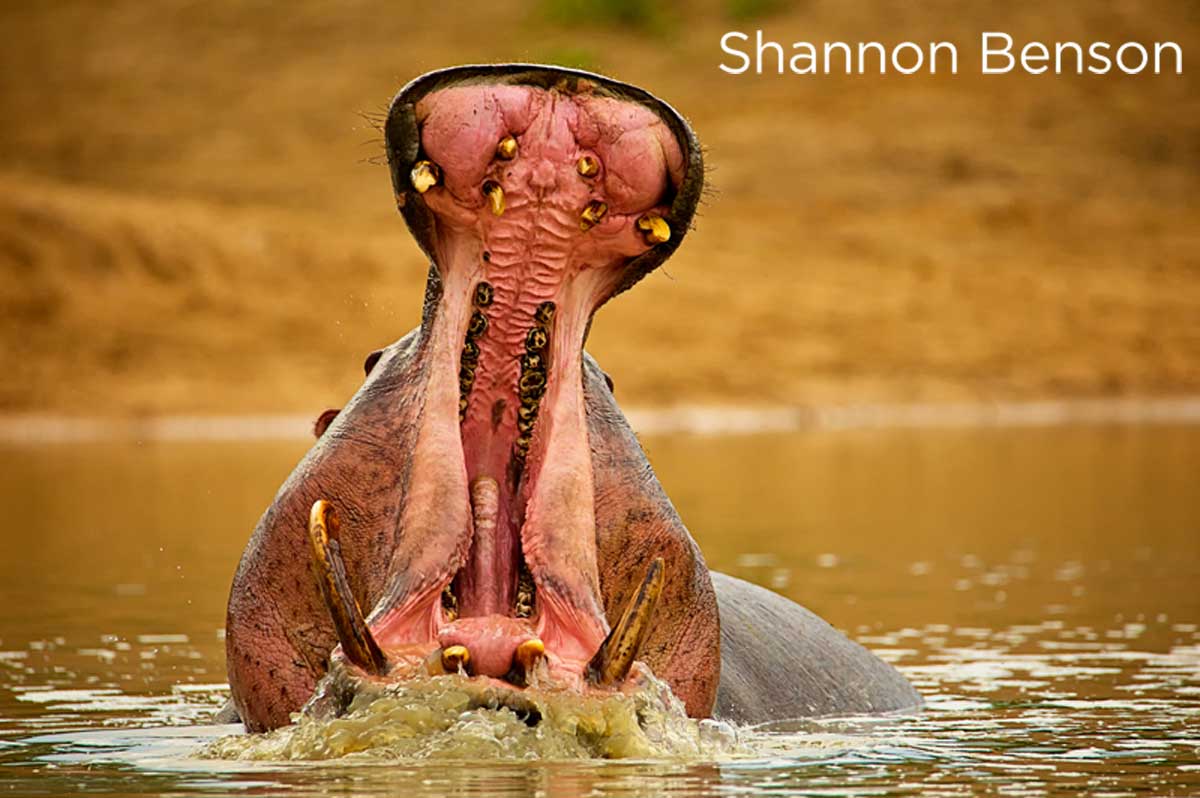Derived from the Greek word meaning “water horse”, the hippopotamus is one of the most fascinating animals to see on safari. Their colossal bodies and bumbling ways look adorable. However, looks can be deceiving. Hippos kill an estimated 3000 people in Africa on an annual basis. The only other animal with such a high kill rate is mosquitoes, which are responsible for thousands of fatalities. The hippo is moody, aggressive, territorial and requires little provocation for them to launch an attack. Although heavy and clumsy in appearance, these water-horses are deceptively fast! So, to our answer the question – yes, the hippo is one of Africa’s most dangerous animals – second to the mosquito.
Despite the danger associated with hippos, they’re still iconic to Africa and one of the most sought after sightings while indulging in a water safari. Found in abundance in Okavango Delta, Botswana, this is the perfect destination to spot a high density of hippo.
Let’s find out more about the curious nature of these huge beasts.
1. Hippos are amphibious creatures that spend the majority of their day submerged in water. They emerge from the water at night to forage and can travel in excess of 10 kilometres to seek out the most succulent creeping grasses, shoots and reeds. Although largely aquatic, hippos don’t actually swim ! Strange, yet true.
Hippos wade through the water across the bottom of lakes, rivers and dams, and utilise well-worn pathways created by their cumbersome bodies. They don’t have the ability to float, so they will remain submerge for minutes on end and resurface to gain air, which is when we often spot them.
2. Hippos are gregarious creatures and are often found in bloats of up to 30 hippos, comprising males and females. There is normally one dominant male in charge of the pod and he is notoriously territorial, possessive and not afraid of confrontation.
3. To display territory and ward off would-be intruders, a hippo will assert its dominance by opening its 1.2 metre jaw to showcase its massive incisors. The incisors, that look like tusks, play a crucial role in the survival and lifestyle of a hippo. Hippos also have molars, which are quite hidden and vital for grinding down coarse vegetation.














